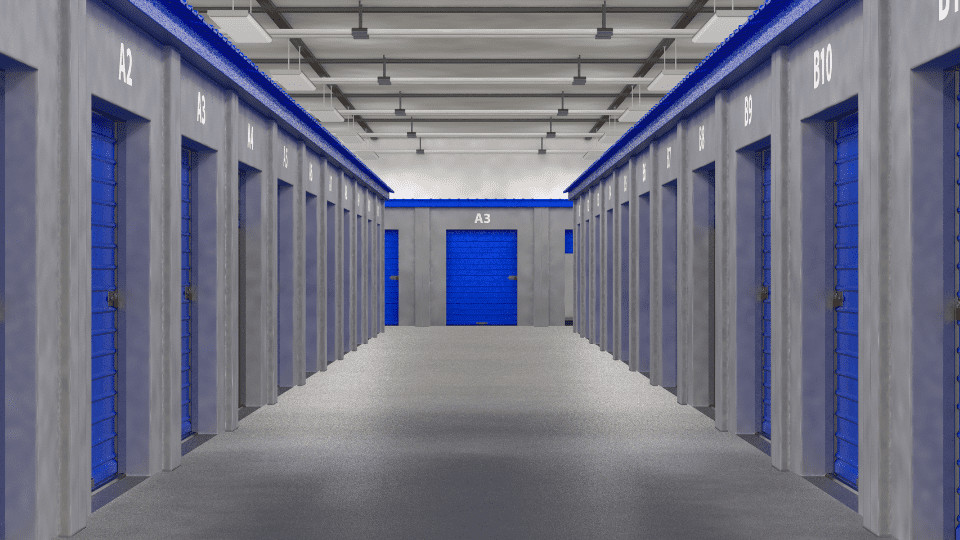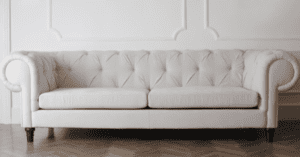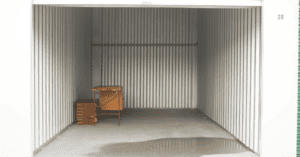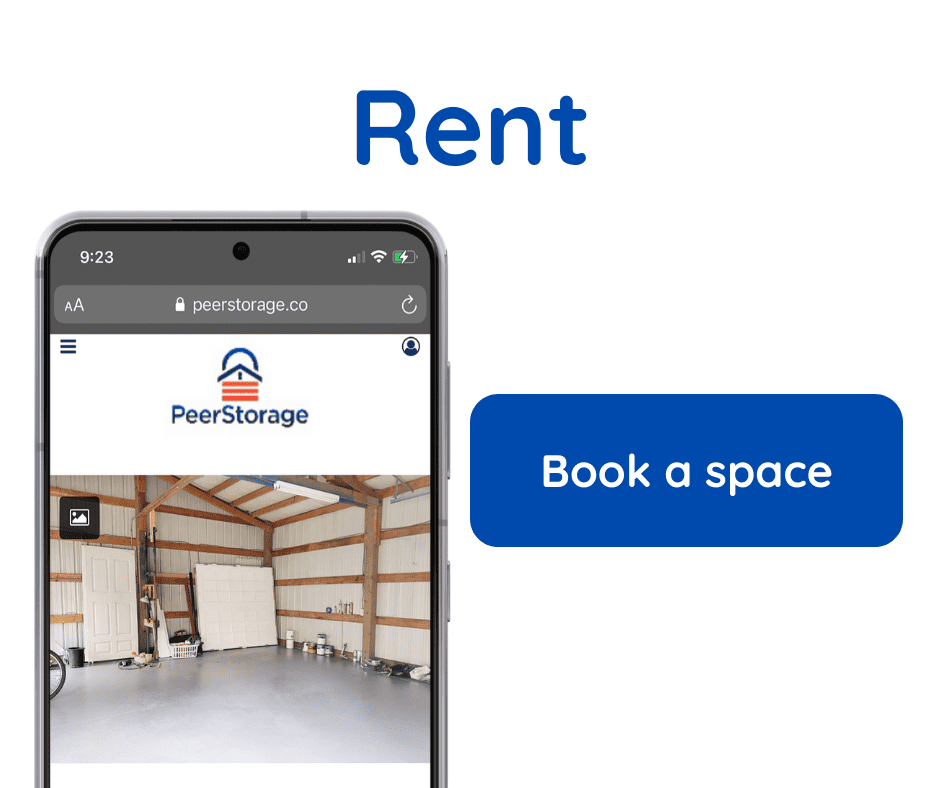Ultimate Guide to Marketing Metrics for Storage Hosts
- October 6, 2025
- Self Storage
Tracking marketing metrics is the key to understanding your storage hosting performance. These numbers reveal how well your efforts attract renters,…
Read More
Finding the right storage space is not a one-size-fits-all process, and when your items have to be stored in a specific climate to stay in good shape, choosing the right place becomes even more important. We’ve looked closely at the best climate-controlled storage methods and the types of belongings that need to be kept cool (or warm), dry (or specifically humid), as well as a variety of other factors that you need to consider when choosing the climate-controlled storage space that’s right for your gear.
Climate-controlled storage is much more than a refrigerator, but it might be less intricate than you expected. The term refers to any storage space where the temperature and humidity are in your control. This can be as simple as a basement with a great humidifier and thermostat, or a complicated design for a museum masterpiece (while you’re probably not reading this to find a space for your renaissance paintings, museums do use the cutting edge of climate-controlled storage to preserve their collections, and are a great example of why it’s important to know the correct environment for what it is you’re storing.)

Here are 10 products and household objects that you will likely have to find storage for one day and that need to be in climate-controlled environments if you want them to stay in good shape (we’ll go deeper into a few of these examples to explore the risks of not properly storing some of these, and to see how particular some of your storage spaces might have to be)
Here is a closer look at the importance of climate-controlled storage of a few of the most common materials and what to look for when selecting a storage space for that material.
Most people own more leather clothes and accessories than they realize. Put together a pile of leather goods to move into storage, and you start seeing it everywhere: jackets, handbags, and shoes, but also furniture, wallets, and more. The most important thing when storing leather is to keep it out of the light, but it’s also crucial to keep the humidity right: between 50% and 55%. Make sure your space has the proper humidifier (or dehumidifier), and don’t be shy about taking a reading with a cheap store-bought humidity sensor. Look for any windows that might be light sources at various times of the year: your storage space might be dark in mid-winter, but to properly store leather, it has to be dark all year round.

For long-term storage, makeup and cosmetics need to be in a cool, dark place (and check your product to see if it needs to be refrigerated). Look for a raised surface to keep your product off the floor, and make sure the thermostats are working (this is especially crucial in storage spaces that are not living spaces, like garages, where a heating or cooling issue is more likely to go unnoticed.)

Linen, towels, and clothes are the most subject to mildew, and one of the most important climate-control elements, in this case, is the humidity. It’s fine for bedding and towels to be stored in bone-dry air, but it’s vital that you avoid extreme humidity when storing sheets long-term. Mildew and mold can destroy sheets and towels when it goes unnoticed for a long time, and this is a great reason why you should check on your stored items every couple of months.

The more precious your belongings, the more you will notice if they crack, warp, or gets mildewy, and it doesn’t take much of a temperature variance for your favorite makeup bag to fill with melted lipstick or your guest linens to come out looking like forgotten pool-side towels. The problems of the wrong climate are specific to the types of material being stored. Here are a few common experiences with possessions being stored improperly:

Many of our hosts will be storing your possessions in ordinary houses or garages, but this is not at all incompatible with climate-controlled storage. If you and your host have agreed that your belongings will be stored at a certain temperature or humidity, go over a few details with him or her first, so you can be sure you’re on the same page, and it wouldn’t hurt to double-check a few things:
Climate-Controlled storage needs to be tailored specifically to what it is you’re storing, and there’s no one right solution for every kind of object. The most common themes for proper storage are common sense: low light, a stable temperature, and stable humidity, but it’s for the more specific needs that getting your storage space selection right really matters. The most important part of renting a climate-controlled storage area is clearly communicating to your host your specific needs and choosing a space where you know the climate control will work to your specifications.


Join The Discussion